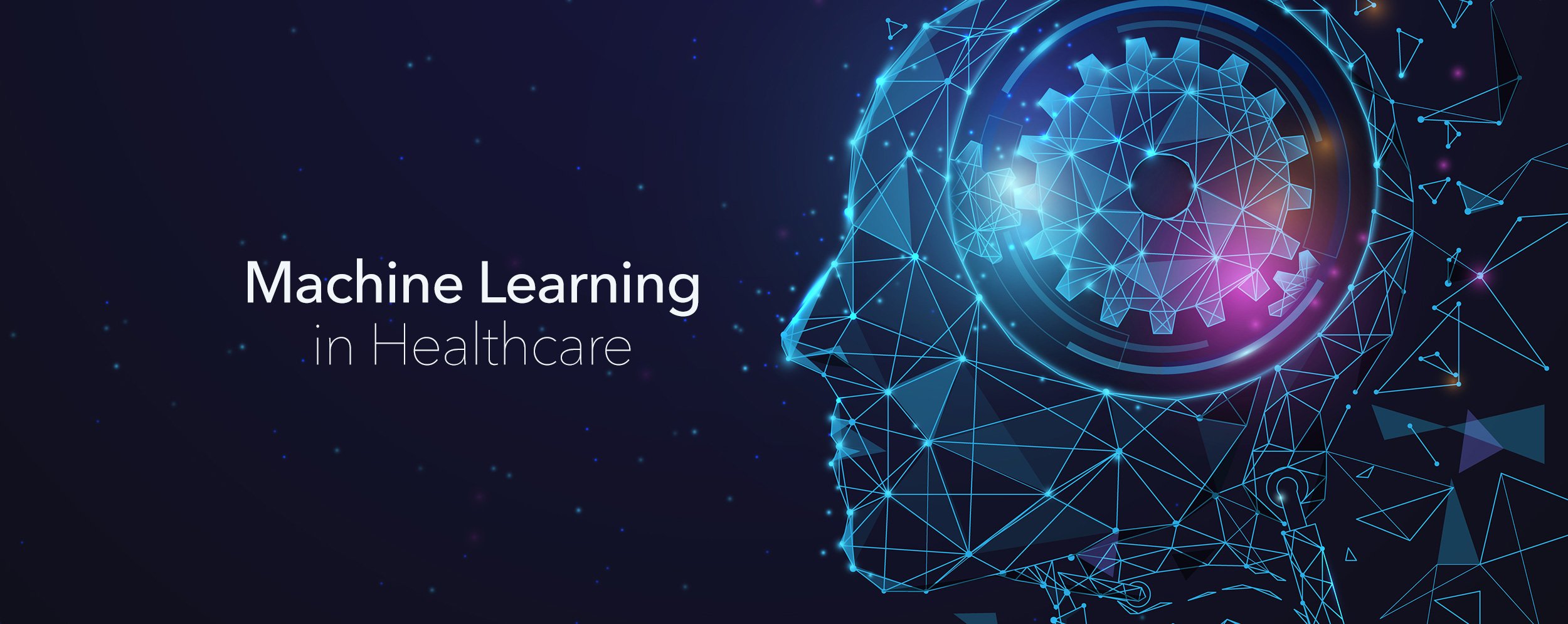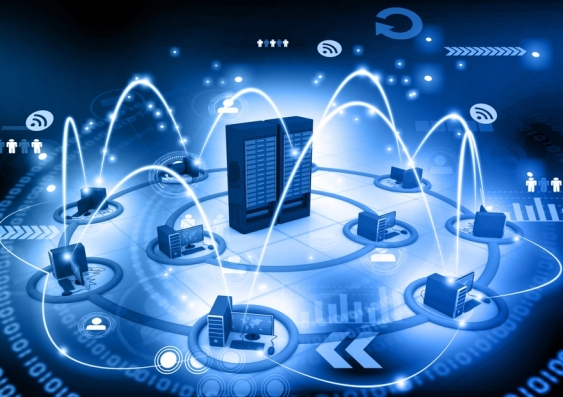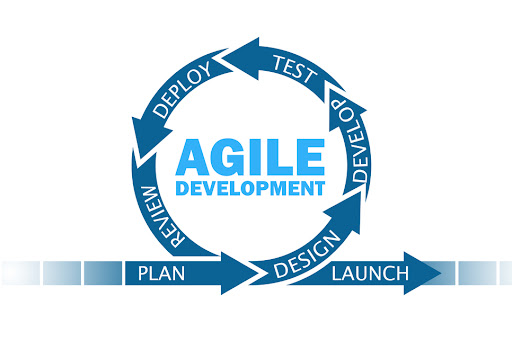Deep learning continues to be a pivotal force driving innovation and transformation across industries. As we delve further into its complexities, we uncover more about its capabilities, emerging research areas, and the implications for future developments.
Expanding the Scope of Deep Learning
- Meta-Learning (Learning to Learn):
- Concept: Meta-learning focuses on developing models that can adapt quickly to new tasks with minimal data. This is achieved by training the model to learn new tasks more efficiently based on previous experiences.
- Applications: Meta-learning is particularly useful in domains where data is scarce or expensive to label, such as medical diagnosis and personalized education.
- Reinforcement Learning and Advanced Algorithms:
- Deep Q-Networks (DQN): These combine Q-learning with deep neural networks to handle high-dimensional state spaces, enabling AI to learn optimal policies for complex tasks like video games and robotics.
- Policy Gradient Methods: Algorithms like Proximal Policy Optimization (PPO) and Trust Region Policy Optimization (TRPO) are used to optimize policies directly, improving stability and performance in continuous action spaces.
- AutoML and Neural Architecture Search (NAS):
- AutoML: Automated machine learning frameworks aim to simplify the process of applying machine learning models by automating hyperparameter tuning, feature engineering, and model selection.
- NAS: NAS automates the design of neural network architectures, discovering efficient and effective model structures without human intervention, leading to breakthroughs in both performance and efficiency.
- Sparse and Efficient Models:
- Pruning and Quantization: Techniques like pruning (removing redundant neurons) and quantization (reducing precision) help create lightweight models suitable for deployment on edge devices with limited resources.
- Knowledge Distillation: This process involves training a smaller model (student) to replicate the behavior of a larger, more complex model (teacher), maintaining performance while reducing computational requirements.
Emerging Applications and Innovations
- Augmented and Virtual Reality (AR/VR):
- Immersive Experiences: Deep learning enhances AR/VR by providing real-time object recognition, natural language understanding, and adaptive content generation, creating more immersive and interactive experiences.
- Training and Simulation: AR/VR combined with deep learning is used for training simulations in various fields, including healthcare, military, and aviation, offering realistic scenarios for skill development.
- Advanced Natural Language Understanding (NLU):
- Contextual Language Models: Models like GPT-3 and BERT have set new benchmarks in understanding and generating human-like text, enabling applications in automated content creation, customer support, and language translation.
- Multilingual and Cross-Lingual Models: Deep learning models are now capable of understanding and generating text in multiple languages, facilitating cross-cultural communication and expanding the reach of AI services globally.
- Cybersecurity:
- Threat Detection and Prevention: Deep learning algorithms analyze network traffic and detect anomalies to identify potential cybersecurity threats, offering proactive defense mechanisms against attacks.
- Automated Response Systems: AI-driven systems can automatically respond to cyber threats, mitigating damage and reducing response times.
- Supply Chain and Logistics:
- Demand Forecasting: AI models predict demand trends, helping businesses optimize inventory levels and reduce waste.
- Route Optimization: Deep learning algorithms optimize delivery routes, reducing transportation costs and improving efficiency in logistics operations.
Ethical Considerations and Challenges
- Bias and Fairness:
- Addressing Bias: Ensuring AI systems are fair and unbiased is crucial. This involves identifying and mitigating biases in training data and model predictions, and implementing fairness constraints.
- Inclusive AI: Developing AI systems that are inclusive and equitable for all user groups, considering diversity in datasets and model evaluation metrics.
- Privacy and Security:
- Data Privacy: Protecting user data and ensuring privacy is paramount. Techniques like differential privacy and federated learning help maintain data privacy while enabling collaborative model training.
- Robustness to Attacks: Ensuring models are robust against adversarial attacks and can maintain performance and reliability in the face of malicious inputs.
- Regulation and Governance:
- Ethical AI Frameworks: Developing and adhering to ethical AI frameworks and guidelines to ensure responsible AI development and deployment.
- Regulatory Compliance: Ensuring AI systems comply with local and international regulations related to data privacy, security, and ethical use.
Future Prospects
- General Artificial Intelligence (AGI):
- Concept: AGI refers to highly autonomous systems that surpass human performance in most economically valuable work. This represents a significant leap from narrow AI, which excels at specific tasks.
- Challenges: Developing AGI involves overcoming numerous scientific and ethical challenges, including ensuring safety, alignment with human values, and mitigating risks associated with superintelligent systems.
- AI in Climate Science:
- Climate Modeling and Prediction: AI models are enhancing climate predictions by analyzing vast datasets, helping scientists understand climate change patterns and impacts more accurately.
- Sustainable Technologies: AI-driven innovations are being applied to develop sustainable technologies, optimize resource usage, and reduce environmental impact.
- Human-AI Collaboration:
- Augmenting Human Capabilities: AI systems will increasingly collaborate with humans, augmenting their capabilities and enhancing productivity across various domains.
- Personalized Assistants: AI-driven personalized assistants will become more intuitive and context-aware, providing tailored support in daily activities and professional tasks.
- AI in Space Exploration:
- Autonomous Spacecraft: AI is being used to develop autonomous spacecraft capable of navigation, data analysis, and decision-making in space missions.
- Astrobiology: AI models assist in the search for extraterrestrial life by analyzing data from space probes and telescopes, identifying potential biosignatures.
Conclusion
Deep learning continues to be a driving force behind technological advancements and societal transformation. By pushing the boundaries of what is possible, exploring advanced techniques, and addressing ethical considerations, we can harness the power of deep learning to create a better future. The journey ahead involves overcoming significant challenges, but with continued innovation and responsible development, deep learning has the potential to revolutionize countless aspects of our lives and contribute positively to global progress.


